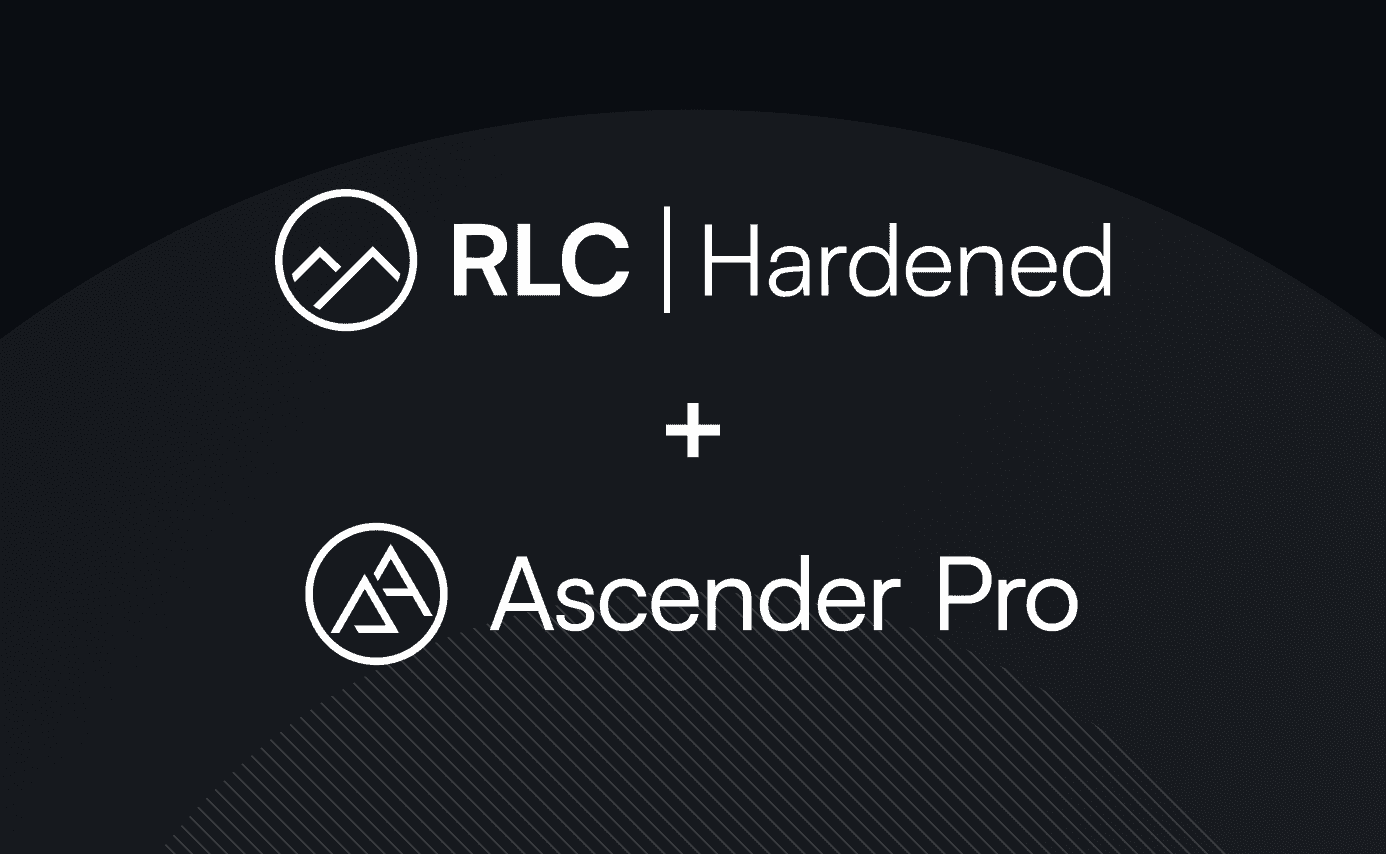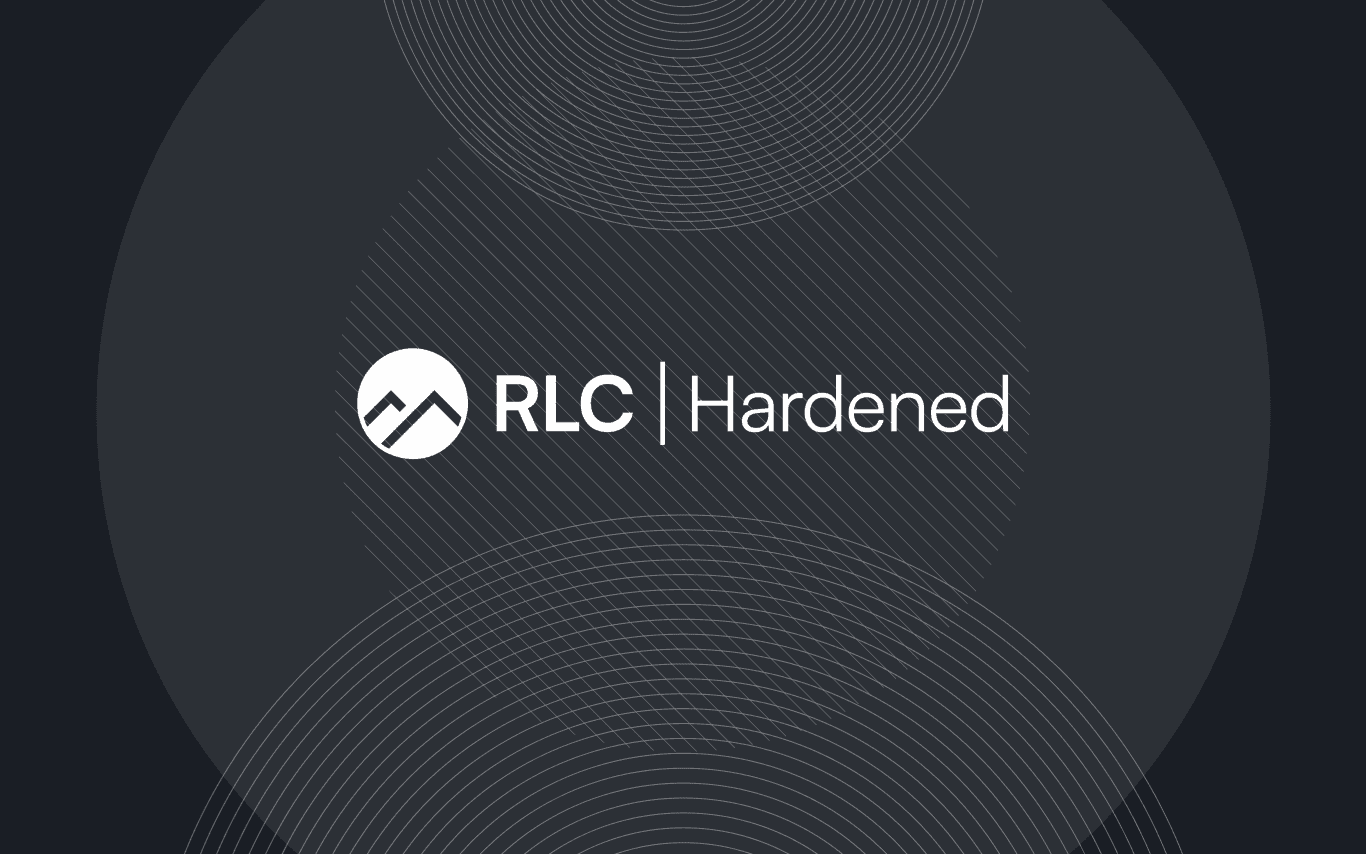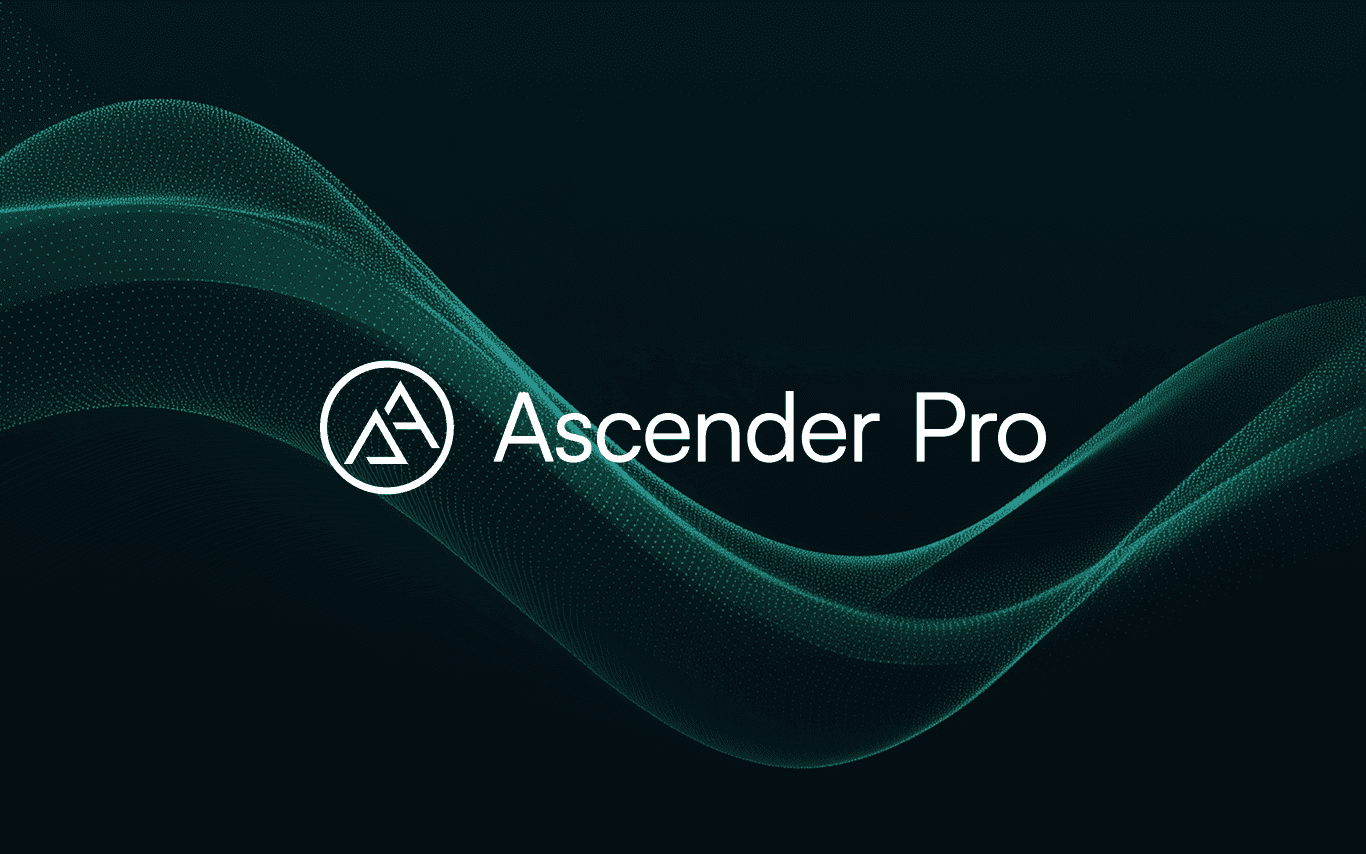5 min read
Deploy fast or deploy secure, and how to do both

Enterprise security teams face an impossible choice: hold your infrastructure deployments until you can ensure they are secure, or maintain operational agility at the expense of security posture. The business needs both, but teams are faced with the question, “Deploy fast or deploy secure. Pick One.” This dichotomy has created a dangerous gap in enterprise infrastructure, and it’s being increasingly exploited by sophisticated attackers.
This standoff plays out in enterprise IT departments worldwide, and there is a solution that doesn’t require choosing between security and efficiency. Depth-in-Defense. This is addressed systematically across your entire infrastructure stack, starting with two critical layers that must be secured because hackers target both:
The Foundation Layer: Your operating systems, kernel, and core packages, where sophisticated attacks establish persistence through rootkits and privilege escalation.
The Operations Layer: How you deploy, configure, manage, and maintain, where attackers can compromise infrastructure at scale.
Traditionally, one team focuses on speed and continuous deployment. The other team prioritizes patching, security and compliance, which can be time-consuming. These approaches must co-exist. Hardened operating systems become meaningless if your automation tools have unfettered access to override security configurations. Similarly, secure automation processes can't defend against kernel exploits that bypass application-layer controls entirely.
This is where CIQ's Rocky Linux from CIQ - Hardened (RLC-H) and Ascender Pro create a powerful defense-in-depth strategy.
RLC-H: The security foundation that actually works.
RLC-H eliminates the weeks of manual hardening that plague enterprise deployments. Unlike general-purpose Enterprise Linux distributions that require time-consuming custom hardening to achieve compliance, RLC-H delivers 95% DISA STIG and 99% CIS compliance immediately. But compliance scores are just the beginning; the real value lies in proactive threat protection that operates at the kernel level.
The Linux Kernel Runtime Guard (LKRG) provides real-time system-level monitoring that catches sophisticated attacks, essentially creating an antivirus for Linux that detects 8 out of 9 tested kernel rootkits. When attackers bypass perimeter defenses and gain system access, LKRG catches them attempting privilege escalation or kernel modification, prevents the attack, notifies and optionally shuts down the system before the attack can propagate. The hardened core packages eliminate entire attack vector classes through practical modifications like reducing OpenSSH's attack surface from 28 libraries to 13, preventing memory-based attacks that traditional security tools miss, and deploying advanced password security that blocks 10,000+ common passwords while increasing resistance to GPU-based password cracking.
Perhaps most critically for operational teams, CIQ delivers patches for critical vulnerabilities, in some cases ahead of upstream distros, protecting against CVEs that haven't been patched for months. But even the most hardened system needs operational maintenance, and that's where the security-operations gap typically reopens. This is precisely the problem that led CIQ to develop Ascender Pro, automation designed to maintain security rather than circumvent it.
Ascender Pro: Automation that strengthens security instead of undermining it.
Ascender Pro transforms infrastructure automation from a security risk into a security multiplier. Built on Ansible AWX but with enterprise stability and security, it provides centralized management and deep observability that manual processes simply cannot match. Role-based access control ensures automation follows least-privilege principles, allowing teams to granularly control what automation can access, what credentials it can use, and what changes it can make instead of giving deployment tools administrative access to everything.
The integrated Ledger system logs every automation change down to individual file modifications, creating complete audit trails with searchable change history that manual processes can never provide. When something breaks or when auditors ask what changed, teams have immediate answers rather than hoping someone documented their manual changes. One customer described this capability as solving their biggest operational blind spot, noting they had "nothing dynamically searchable" and relied on "custom scripts that go query stuff" with no centralized visibility.
Workflow orchestration turns complex multi-step security processes into reliable, repeatable automation that runs consistently across thousands of systems instead of varying by engineer. Security hardening, compliance checking, and incident response become workflows that execute the same way every time, eliminating the human error and inconsistency that plague manual security operations.
The real transformation happens when RLC-H and Ascender Pro work together.
RLC-H provides the hardened foundation that eliminates costly manual security configuration, delivering 95% DISA STIG, 99% CIS compliance and FIPS certification out-of-the-box. But maintaining that security posture operationally, across hundreds or thousands of systems, through updates and changes, requires automation that strengthens rather than undermines those controls.
Ascender Pro ensures that the foundation stays hardened across all deployments, all updates, and all operational changes. Instead of automation tools that bypass security controls, teams get automation that actively enforces security policies. Configuration changes go through security-approved workflows. This isn't just about having both products; it's about having them work together in concert. Manual hardening efforts are fragile and decay over time. Automated deployment without security guardrails can result in multiplying your attack vectors. Together, they transform security from a deployment-time bottleneck into an ongoing operational advantage that actually accelerates business velocity.
The economic argument for both products becomes clear when you consider what enterprises typically spend on security theater versus actual security outcomes. Manual hardening processes consume weeks of senior engineering time, your most expensive resources, for each deployment. Teams achieve inconsistent results that degrade over time. Compliance audits reveal gaps that require expensive remediation. Meanwhile, security incidents cost U.S. organizations an average of $10.22 million per breach, according to IBM's 2025 Cost of a Data Breach Report.
Our customer conversations reveal this pattern consistently. Organizations struggle with two parallel problems: infrastructure security that relies on outdated approaches and operational visibility that barely exists. One customer managing critical AI infrastructure told us their security strategy was "ring fenced inside our network," but acknowledged "really the right way would be to keep on top of security vulnerabilities and do patching more frequently." Another described their operational insight as "very little, it's all manual for the most part."
These aren't separate problems. They're two sides of the same challenge that requires integrated solutions. The combination of RLC-H and Ascender Pro annually delivers immediate time savings. Teams eliminate the security operations bottleneck that delays critical business initiatives, achieving both fast deployment and secure deployment. Most importantly, auditors see 95%+ compliance scores backed by complete change audit trails, turning compliance from a cost center into a competitive advantage.
The Bottom Line: Modern threats require modern defenses.
AI-powered attacks, supply chain compromises, and state-sponsored threats move faster than traditional security approaches can adapt. Organizations that continue to treat security and operations as separate domains will find themselves increasingly outmaneuvered.
The solution isn’t more tools, it’s better integration between the tools you need anyway. Every enterprise needs hardened operation systems. Every enterprise needs infrastructure automation. The question is whether those systems work together or against each other.
RLC-H and Ascender Pro represent a fundamental shift: security and automation designed to strengthen each other rather than conflict. The result is enterprise infrastructure that’s more secure, more compliant, more efficient and more resilient to the threats that matter most.
For more information, join a conversation with Brian Dawson, Product Lead and Jimmy Conner, Principal Customer Advocate via webinar on Thursday, October 16 at 2pm ET, 11am PT. Register now.
To learn more about how RLC-H and Ascender Pro can strengthen your enterprise infrastructure, contact the CIQ team for a customized demonstration and security assessment.
Built for Scale. Chosen by the World’s Best.
1.4M+
Rocky Linux instances
Being used world wide
90%
Of fortune 100 companies
Use CIQ supported technologies
250k
Avg. monthly downloads
Rocky Linux


